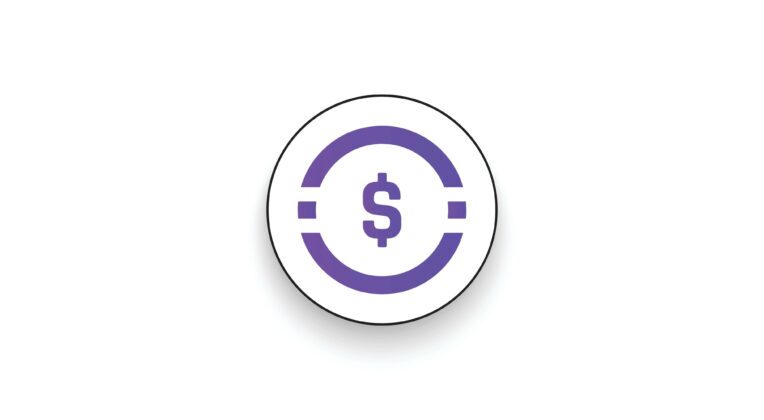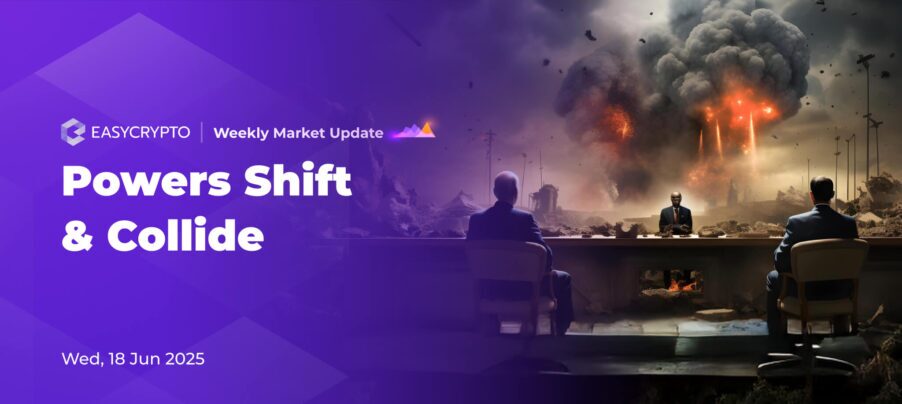A Stablecoin has been launched on the Bitcoin blockchain
Stably USD is Bitcoin's first stablecoin, launched to serve the growing (and albeit controversial) Bitcoin Ordinals market.


Stably, a Stablecoin-as-a-Service (SCaaS) provider and a US-based fiat on/off-ramp infrastructure provider, has launched Bitcoin’s first ever stablecoin. The stablecoin that lives on the Bitcoin blockchain is called by the same name as Stably’s Ethereum-based stablecoin, StablyUSD (USDS).
A stablecoin is a type of cryptocurrency designed to maintain a stable value by being pegged to a reserve asset, typically a fiat currency like the US Dollar (USD). In the case of Stably USD, it is backed 1-to-1 with USD held by a US-regulated custodian in a collateral account.
The Bitcoin-native Stably USD was issued through a new protocol that enables the creation of BRC-20 tokens. BRC-20 tokens are technically Bitcoin units, but have been inscribed with a unique identifier (like a serial number).

The protocol is known as a Bitcoin Ordinals protocol, because the protocol mints BRC-20 (and Bitcoin NFTs) by taking satoshis (the smallest unit of Bitcoin) and inscribing them with numbers (hence, ordinals).
The marked satoshis can then be tracked as they circulate the market, having an entirely different identity and price than the digital currency it is made of.
A brief look at BRC-20 tokens
The concept of fungible and non-fungible tokens on Bitcoin has been around since Bitcoin’s Taproot upgrade in late 2022, but the surprising realisation made headlines in the past couple of months.
While an interesting concept, seeing that Bitcoin is not programmable like Ethereum, and therefore shouldn’t have the ability to mint new crypto tokens, BRC-20 tokens have been a subject of controversy.
Bitcoin was originally conceived by Satoshi Nakamoto as a simple peer-to-peer digital currency. The application for Bitcoin was purely intended to be financial. Ethereum, on the other hand, was envisioned by Vitalik Buterin to be programmable — to store data and logic on the blockchain.
So, what are digital arts and memecoins doing on the Bitcoin blockchain? Shouldn’t they belong on Ethereum and other blockchains?
Samson Mow, the CEO of Jan3, has expressed his scepticism regarding the sustainability of the recent hype surrounding Ordinals and BRC-20 tokens.
He believes that the growing activity and attention these tokens have garnered, particularly in the form of minting JPGs and sticking them in the chain, are unsustainable and will fade away in a matter of months.
Mow emphasises that the true mass adoption of Bitcoin will occur due to its use case as a saving technology and means of exchange, rather than through the creation of nonfungible tokens (NFTs) or other tokenized assets.
BRC-20 have stunned Bitcoin’s blockchain
Another area of concern associated with BRC-20 tokens is their impact on the Bitcoin network. Due to their complex nature and larger file sizes, BRC-20 tokens require more space on the blockchain.
As a result, transactions involving these tokens often lead to higher fees, inconveniencing users seeking faster confirmation times. In fact, the Bitcoin blockchain experienced a temporary halt on May 6, 2023, as a result of a surge in unconfirmed transactions.
The congestion caused by the increased file sizes and higher transaction fees has raised questions about the compatibility of BRC-20 tokens with Bitcoin’s original vision as a peer-to-peer system of money transfer.
Bitcoin Core developer Luke Dashjr has criticised BRC-20 tokens, describing ordinals as an “attack” on Bitcoin due to the congestion caused by their large file sizes. He argues that this congestion goes against the principles of Bitcoin and its mission.
Ordinals benefited Bitcoin miners, introduced opportunity
On the flipside, some have pointed out that miners have been significant beneficiaries of the Bitcoin Ordinals boom. In fact, for the first time since 2017, Bitcoin miners are reportedly earning more from processing transactions on the blockchain than from mining new BTC.
But this shift in earnings is partially attributed to users wanting to speed up transactions by the “replace-by-fee” method, in which they attempted to outbid (or rather, out-tip) other users so that their transactions are more prioritised for confirmation.
Bitcoin miners’ earnings from senders’ “tips” in this case could be seen as something negative, because if this were to continue, we may see the Bitcoin blockchain being used only by the rich.
Fortunately, this creates an environment of opportunity for Layer-2 networks like Bitcoin’s Lightning Network and even Stacks, nicknamed “Bitcoin smart contract platform”.
After all, miners are facing a future where they’ll earn a continuously diminishing rate of new Bitcoins, which may not cover the cost of their mining operations, no matter how much more expensive Bitcoin could be in the future.
Miners will need to start earning from fees, and for that to be sustainable, incredible mass adoption had to have taken place. How would mass adoption be possible on Bitcoin? By improving layer-2 infrastructure to enable fast and cheap Bitcoin transactions.
Back to Stably — why launch on Bitcoin?
Believing in the upside potential of BRC-20 tokens and Ordinals NFTs, Stably aims to grow alongside the Bitcoin Ordinals market.
Stably aims to provide a go-to currency for traders transacting in these assets and make trading more efficient and cost-effective compared to using fiat or Bitcoin itself.
Stably believes that their Bitcoin stablecoin could penetrate a larger market compared to their Ethereum stablecoin.
To compare, Stably USD has a smaller market presence with only 752 holders and a market cap of $264,000 compared to giants like Tether and USDC.
To ensure compliance with regulations and prevent illicit activities, Stably requires redeemers of Stably USD to go through a Know Your Customer (KYC) and Anti-Money Laundering (AML) process.
This process verifies the identity of token holders before they can swap their stablecoins for the underlying dollar value.
In the recent past, they have raised over $7.5 million in funding and have expanded their fiat on/off-ramp and stablecoin offerings to multiple emerging networks, including Arbitrum, XRP Ledger, Stellar, Tezos, VeChainThor, Harmony, Polymesh, Coreum, ICON, and Chia Network.
Their mission is to provide regulatory-compliant payment infrastructure for the growing number of Web3 users in both developed and emerging blockchain ecosystems.
The takeaways
Bitcoin Ordinals and BRC-20, like all things in the crypto space, are experimental concepts rushed into realisation and have made quite some people mad — especially the Bitcoin Maximalists
However, when the hype dies out and moves on, Bitcoin still has the possibility of tokenization, and that fact won’t go away soon.
After all, if crypto is about disrupting the status quo, and turning something initially chaotic into something valuable, why shouldn’t that happen in Bitcoin’s ecosystem?
Stay up-to-date on all things crypto: Visit our news section.
Share to
Stay curious and informed
Your info will be handled according to our Privacy Policy.
Make sure to follow our Twitter, Instagram, and YouTube channel to stay up-to-date with Easy Crypto!
Also, don’t forget to subscribe to our monthly newsletter to have the latest crypto insights, news, and updates delivered to our inbox.
Disclaimer: Information is current as at the date of publication. This is general information only and is not intended to be advice. Crypto is volatile, carries risk and the value can go up and down. Past performance is not an indicator of future returns. Please do your own research.
Last updated May 31, 2023





